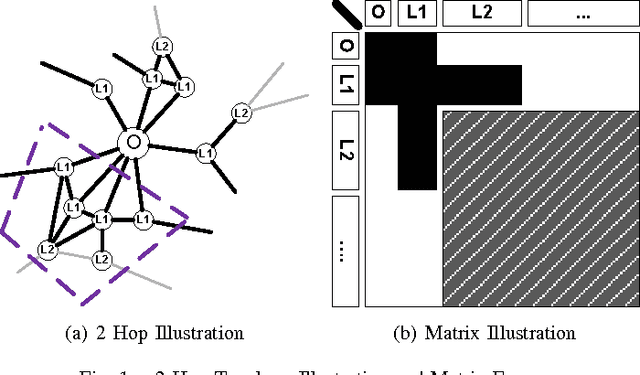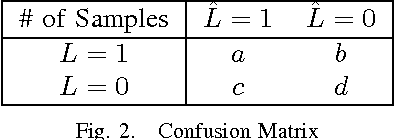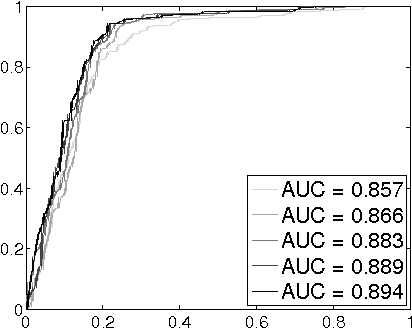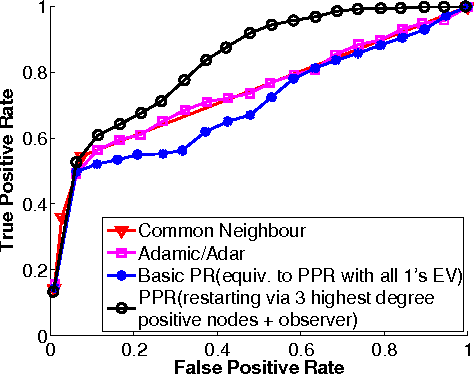Pili Hu
Secure Friend Discovery via Privacy-Preserving and Decentralized Community Detection
May 20, 2014Abstract:The problem of secure friend discovery on a social network has long been proposed and studied. The requirement is that a pair of nodes can make befriending decisions with minimum information exposed to the other party. In this paper, we propose to use community detection to tackle the problem of secure friend discovery. We formulate the first privacy-preserving and decentralized community detection problem as a multi-objective optimization. We design the first protocol to solve this problem, which transforms community detection to a series of Private Set Intersection (PSI) instances using Truncated Random Walk (TRW). Preliminary theoretical results show that our protocol can uncover communities with overwhelming probability and preserve privacy. We also discuss future works, potential extensions and variations.
Localized Algorithm of Community Detection on Large-Scale Decentralized Social Networks
Dec 27, 2012



Abstract:Despite the overwhelming success of the existing Social Networking Services (SNS), their centralized ownership and control have led to serious concerns in user privacy, censorship vulnerability and operational robustness of these services. To overcome these limitations, Distributed Social Networks (DSN) have recently been proposed and implemented. Under these new DSN architectures, no single party possesses the full knowledge of the entire social network. While this approach solves the above problems, the lack of global knowledge for the DSN nodes makes it much more challenging to support some common but critical SNS services like friends discovery and community detection. In this paper, we tackle the problem of community detection for a given user under the constraint of limited local topology information as imposed by common DSN architectures. By considering the Personalized Page Rank (PPR) approach as an ink spilling process, we justify its applicability for decentralized community detection using limited local topology information.Our proposed PPR-based solution has a wide range of applications such as friends recommendation, targeted advertisement, automated social relationship labeling and sybil defense. Using data collected from a large-scale SNS in practice, we demonstrate our adapted version of PPR can significantly outperform the basic PR as well as two other commonly used heuristics. The inclusion of a few manually labeled friends in the Escape Vector (EV) can boost the performance considerably (64.97% relative improvement in terms of Area Under the ROC Curve (AUC)).
 Add to Chrome
Add to Chrome Add to Firefox
Add to Firefox Add to Edge
Add to Edge